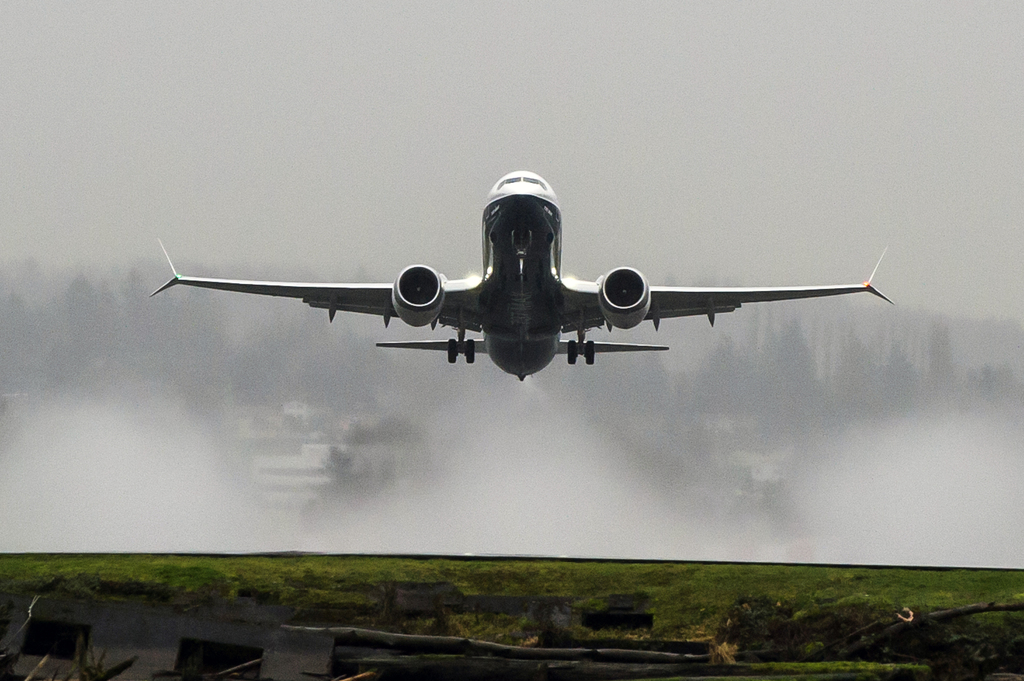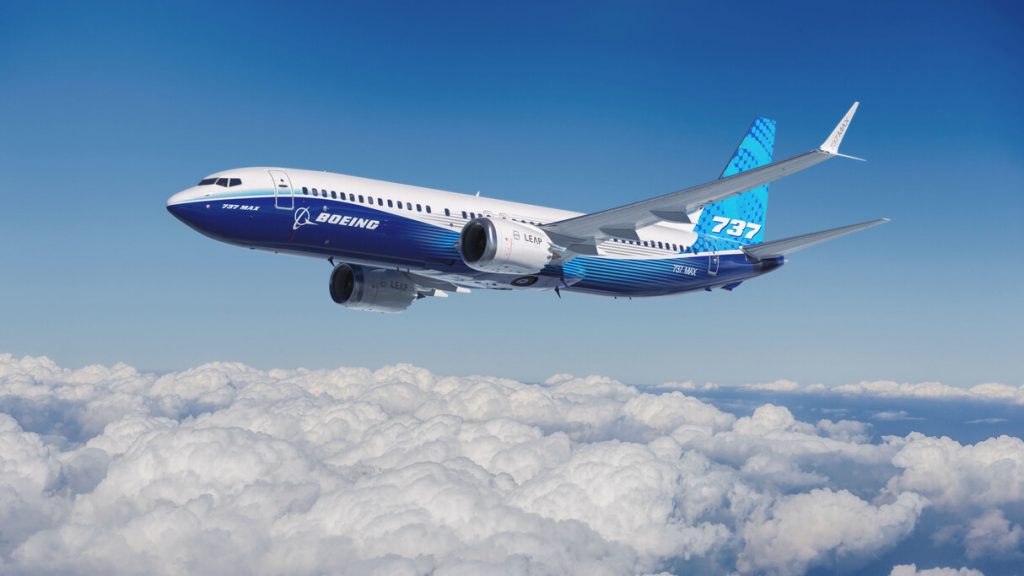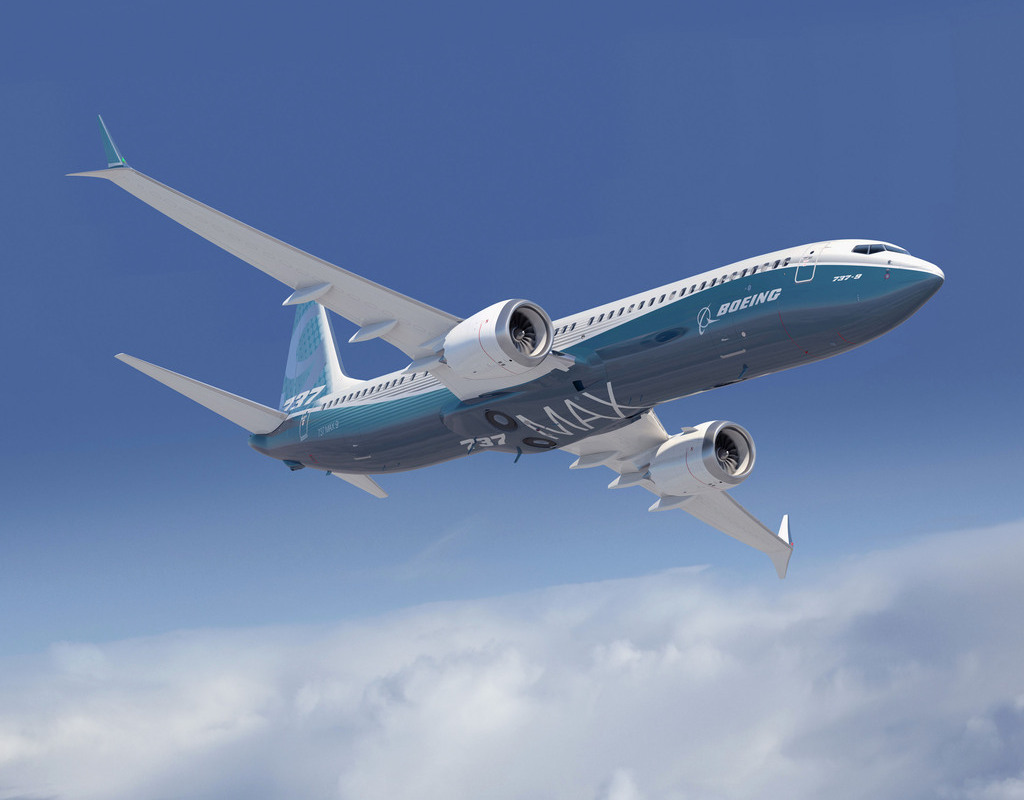On October 17, 2025, the Federal Aviation Administration (FAA) greenlit a modest increase in Boeing’s 737 MAX production cap, raising it from 38 to 42 aircraft per month.
This decision reverses a restrictive limit imposed after a serious mid-flight incident in January 2024, when a door plug panel blew out on Alaska Airlines Flight 1282.
The FAA’s move signals cautious confidence in Boeing’s safety and quality improvements, marking a pivotal moment for the aerospace giant.
We investigate what this means for Boeing, the aviation industry, and travelers worldwide.
The Backstory: A Turbulent Year for Boeing
The January 2024 blowout, caused by missing bolts on a 737 MAX door panel, reignited concerns about Boeing’s manufacturing processes.
It echoed earlier troubles tied to the 737 MAX, grounded globally in 2019 after two fatal crashes that claimed 346 lives. In response, the FAA halted production expansion and capped output at 38 planes per month to enforce stricter safety measures.
Boeing’s actual production lagged even below this limit in 2024, hampered by federal probes, a machinists’ strike, and supply chain disruptions.
These challenges strained Boeing’s finances and reputation, with Airbus gaining ground in the commercial jet market.

Why the FAA Raised the Cap
The FAA’s decision to allow a production increase follows rigorous inspections of Boeing’s facilities, safety management systems, and quality controls.
The agency emphasized that the modest bump to 42 planes per month prioritizes safety, with no changes to its robust oversight, whistleblower protections, or on-site monitoring.
Boeing has worked hard to rebuild trust, implementing a comprehensive Safety & Quality Plan. This included leadership shakeups, with new CEO Kelly Ortberg taking the helm in 2024, and stronger coordination with suppliers.
The FAA’s approval reflects Boeing’s progress in addressing systemic issues while maintaining high safety standards.
Boeing’s Response and Next Steps
Boeing welcomed the FAA’s decision, calling it the result of a “disciplined process” focused on safety and quality. The company plans to work closely with suppliers to ramp up production gradually, leveraging an $11 billion inventory of materials.
Boeing aims to push output higher, potentially to 47 planes per month, as supply chains stabilize. This increase aligns with recovering demand for air travel and airlines’ need for fuel-efficient jets like the 737 MAX.
However, Boeing knows the stakes are high, and any misstep could invite renewed scrutiny.

Implications for the Industry
The production boost is a lifeline for Boeing, which has faced financial strain and competitive pressure from Airbus. It also benefits airlines awaiting 737 MAX deliveries to modernize fleets.
For passengers, the FAA’s oversight ensures safety remains paramount, addressing concerns raised by past incidents.
The decision follows another milestone: in September 2025, the FAA restored Boeing’s authority to conduct final safety inspections on 737 MAX planes, a privilege revoked in 2019.
These steps signal a turning point, but Boeing must sustain its quality focus to fully regain trust.
Looking Ahead
The FAA’s approval is a measured step toward Boeing’s recovery, balancing production growth with stringent safety standards.
As Boeing navigates this path, the aviation industry watches closely. The 737 MAX’s gradual comeback perhaps represents something of a morale boost for the U.S plane manufacturer, after a long period on the back foot.

